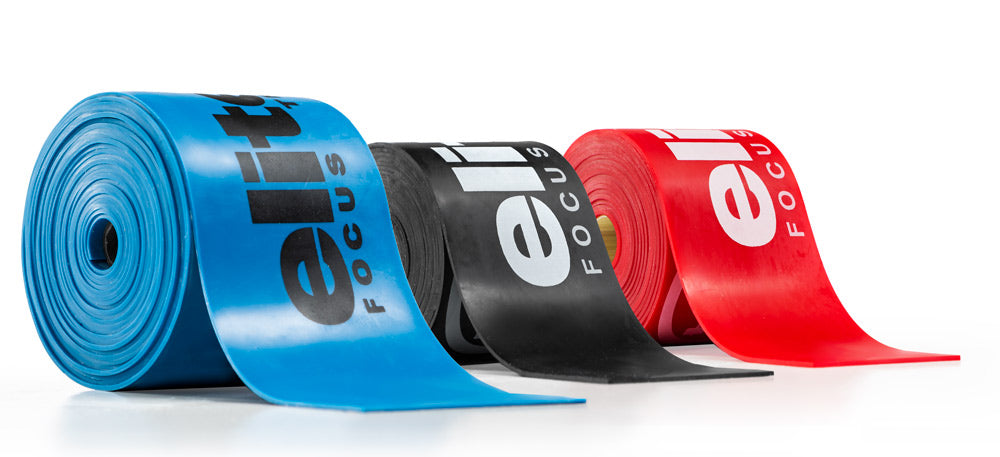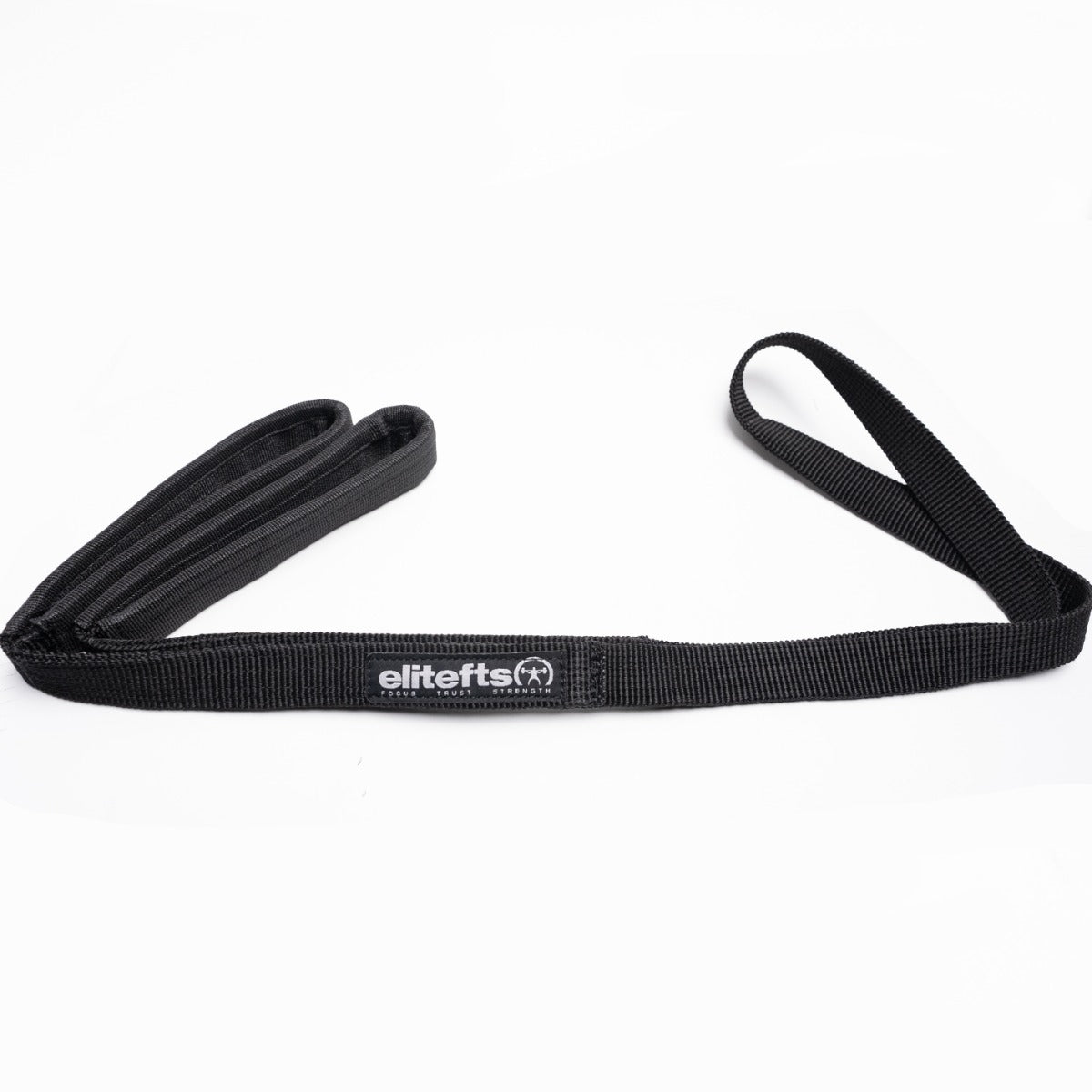l rows: Anyone reading this undoubtedly knows what these are. I didn’t do them often because the dumbbells in my gym didn’t go up high enough, but I used them whenever I visited a different gym. On “rowing” days, I picked two of these variations and did about four sets of each, unless I chose Kroc rows, in which case I did 1–2 work sets. I started with a weight I could get about 12–15 reps with and added weight each set going up to a top set of 6–8 reps. Each set was pushed hard, though not to complete failure. I usually stuck with each row variation for 3–4 workouts in a row before switching to another variation. However, this was just a template. I was lifting in a very busy gym, and if the equipment was being used, I did a different row—no big deal. The important thing was that every single time I did an exercise, I referred back to the last time I did that exercise in my log book and tried to beat the previous performance. It’s all about progression. Include weighted hangs at the end of each back workout. I actually got this idea from Dante Trudel, the creator of Doggcrapp training. His protocol is aimed at fascial stretching where the trainee uses straps and hangs from the bar with heavy weight hanging from a dip belt. I employed a similar strategy but with different goals. My goal with these hangs was to let my body adjust to the feeling of hanging with heavy weight added and improve my grip strength. Thus, I didn’t use lifting straps for these hangs. I simply hung for 30 seconds with as heavy a weight as I could and increased the weight as time went on. When it came time to test a double body weight chin-up, my body was used to hanging with heavy weight, so it didn’t come as a huge shock to the system. As a side benefit, these weighted hangs feel great for spinal decompression after a hard workout. Start light on these and let your body adapt before adding a ton of weight. The goal isn’t to rip your arms off. You can use any grip you’d like, though I personally think a neutral grip is best. General points 1. Stay lean. If you aren’t lean already, get lean. Extra fat will only hurt you in the quest to get better at weighted chin-ups. You can’t count those love handles and beer gut as added weight. 2. Be consistent. Inconsistency is the number one thing that I see holding most people back who aren’t where they want to be. 3. Know when to deload or take a week off. We all love to train, so it can be hard to lay off the throttle. I struggle with this myself. But time and time again, I come back stronger when I do it. The template I’ve outlined is meant to be worked into your current training program (of course it will take the place of the current lat and back work). Take your regularly scheduled deloads and off weeks as normal. Resume this program when you resume your other training. I recommend a week off every 6–8 weeks. Listen to your body though and do what you need to do. 4. Buy some blast straps, TRX, or rings. I prefer blast straps because they’re a little more heavy duty and will hold substantial loads, but anything will work fine. Getting blast straps has been one of the best investments I’ve made, and they are a great tool for improving chin-ups. They are great for accessory exercises like face pulls, scarecrows, and inverted rows, but they are great for chin-ups as well. At first, your numbers might go down a little bit as you adjust to the instability. But once you get used to them, it’s great. They allow your shoulder to move through a natural range of motion. In fact, when I first tested the double body weight chin-up, I used the blast straps to do it. Also, invest in a comfortable dip belt like the one from Spud. You will thank me for this. Those old leather belts will just tear your hips up if you do heavy chin-ups frequently. Plus, the bright yellow color will draw attention as you show off your newfound chin-up strength. I hope this provides you with some direction for progressing on weighted chin-ups. This is what has worked for me, and I think it can work for you. Try it out and see for yourself. Best of luck and have fun!

Tackling the Weighted Chin-up
l rows: Anyone reading this undoubtedly knows what these are. I didn’t do them often because the dumbbells in my gym didn’t go up high enough, but I used them whenever I visited a different gym. On “rowing” days, I picked two of these variations and did about four sets of each, unless I chose Kroc rows, in which case I did 1–2 work sets. I started with a weight I could get about 12–15 reps with and added weight each set going up to a top set of 6–8 reps. Each set was pushed hard, though not to complete failure. I usually stuck with each row variation for 3–4 workouts in a row before switching to another variation. However, this was just a template. I was lifting in a very busy gym, and if the equipment was being used, I did a different row—no big deal. The important thing was that every single time I did an exercise, I referred back to the last time I did that exercise in my log book and tried to beat the previous performance. It’s all about progression. Include weighted hangs at the end of each back workout. I actually got this idea from Dante Trudel, the creator of Doggcrapp training. His protocol is aimed at fascial stretching where the trainee uses straps and hangs from the bar with heavy weight hanging from a dip belt. I employed a similar strategy but with different goals. My goal with these hangs was to let my body adjust to the feeling of hanging with heavy weight added and improve my grip strength. Thus, I didn’t use lifting straps for these hangs. I simply hung for 30 seconds with as heavy a weight as I could and increased the weight as time went on. When it came time to test a double body weight chin-up, my body was used to hanging with heavy weight, so it didn’t come as a huge shock to the system. As a side benefit, these weighted hangs feel great for spinal decompression after a hard workout. Start light on these and let your body adapt before adding a ton of weight. The goal isn’t to rip your arms off. You can use any grip you’d like, though I personally think a neutral grip is best. General points 1. Stay lean. If you aren’t lean already, get lean. Extra fat will only hurt you in the quest to get better at weighted chin-ups. You can’t count those love handles and beer gut as added weight. 2. Be consistent. Inconsistency is the number one thing that I see holding most people back who aren’t where they want to be. 3. Know when to deload or take a week off. We all love to train, so it can be hard to lay off the throttle. I struggle with this myself. But time and time again, I come back stronger when I do it. The template I’ve outlined is meant to be worked into your current training program (of course it will take the place of the current lat and back work). Take your regularly scheduled deloads and off weeks as normal. Resume this program when you resume your other training. I recommend a week off every 6–8 weeks. Listen to your body though and do what you need to do. 4. Buy some blast straps, TRX, or rings. I prefer blast straps because they’re a little more heavy duty and will hold substantial loads, but anything will work fine. Getting blast straps has been one of the best investments I’ve made, and they are a great tool for improving chin-ups. They are great for accessory exercises like face pulls, scarecrows, and inverted rows, but they are great for chin-ups as well. At first, your numbers might go down a little bit as you adjust to the instability. But once you get used to them, it’s great. They allow your shoulder to move through a natural range of motion. In fact, when I first tested the double body weight chin-up, I used the blast straps to do it. Also, invest in a comfortable dip belt like the one from Spud. You will thank me for this. Those old leather belts will just tear your hips up if you do heavy chin-ups frequently. Plus, the bright yellow color will draw attention as you show off your newfound chin-up strength. I hope this provides you with some direction for progressing on weighted chin-ups. This is what has worked for me, and I think it can work for you. Try it out and see for yourself. Best of luck and have fun!

EliteFTS Table Talk— Where strength meets truth. Hosted byDave Tate, Table Talk cuts through the noise to bring raw, unfiltered conversations about training, coaching, business, and life under the bar. No fluff. No hype. Just decades of experience — shared to make you stronger in and out of the gym.

Join the Crew!
Support us and access premium content monthly!































































































